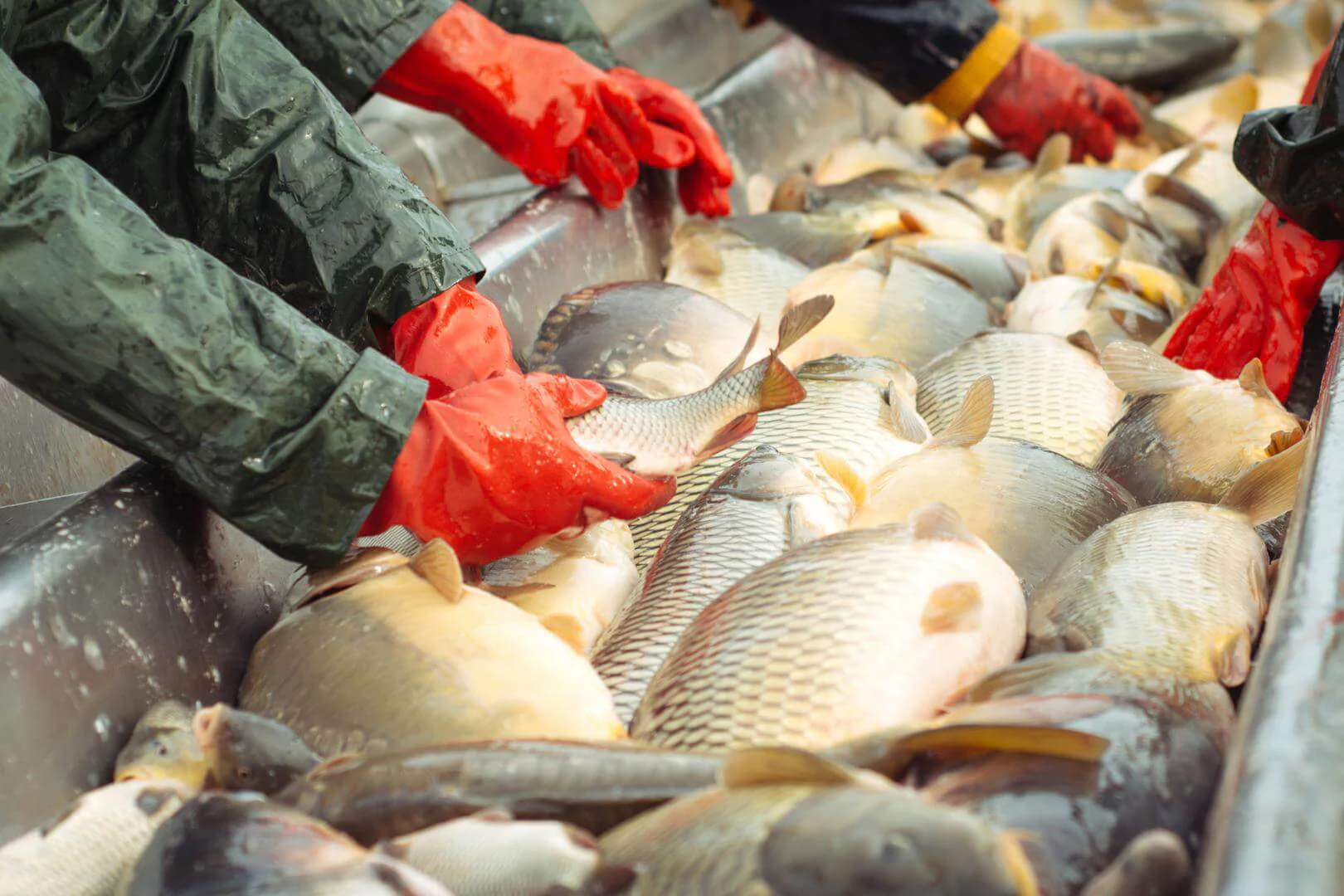Food poisoning has recently dominated the terror world; some major news outlets reported that some
pathogens are unstoppable even in first-world countries such as the United States of America (USA). According to the CDC report, Salmonella is one of the leading causes of food poisoning in the United States, sickening an estimated 1.35 million Americans each year and resulting in approximately 26,500 hospitalizations and 420 deaths. Although chemical washes have been used, experts state unequivocally that the wash does not eliminate all bacteria from the food. The world needs to develop an alternative method for efficiently decontaminating food before consumption.
 |
| Bacteria in food |
What is food poisoning?
Food poisoning, also known as foodborne illness, is caused by eating food contaminated with infectious organisms such as bacteria, viruses, and parasites. Their toxins are the most common causes of food poisoning. According to the American Centre for Disease Control and Prevention (CDC), many
food poisoning agents are bacteria like
Clostridium botulinum, Listeria, Staphylococcus aureus, Vibrio sp Salmonella, Escherichia coli, and
Campylobacter. The severity of the illness is largely determined by the affected organ and the agent of concern, as some can result in death if a patient is left unattended. Because the agents responsible for food poisoning mentioned above are bacteria, phages may be an excellent candidate for inhibiting their growth and thus preventing food poisoning.
Symptoms of food poisoning
Food poisoning symptoms, which can appear within hours of eating contaminated food and can last for days, frequently include:
- Nausea
- Vomiting
- Diarrhea
- Stomach cramps
- Fever
- Stomach upset
Food poisoning is often mild and resolves without treatment, but in some cases, it can be life-threatening and will need urgent care.
How can phage be used to stop food poisoning?
Bacteriophages can be directly applied to food; their stability and efficiency in “cleaning up” the bacteria of the target in food can be exceptional. These particles have the ability to inhibit the growth of bacteria that cause poisoning. Before applying phage to food, scientists conduct all necessary tests to ensure that the phage will be safe and stable under the conditions in which the food will be stored. Some phages can cause the
transfer of Antibiotic resistance Genes from one bacteria to another; scientists screen for all the genes related to the transfer.
Why phages are a better option for fighting food poisoning?
Bacteriophages offer several advantages that traditional methods couldn’t afford to provide.
- Bacteriophages are fresh food-friendly. The most recommended method involves heating or cooling food to kill or inhibit the growth of food poisoning pathogens; these methods may limit the consumption of fresh food like vegetable salads and fruits.
- They can multiply to kill the invaders. This phenomenon is also known as auto dosing; once applied, phages will keep infecting and multiplying.
- Ability to crystalize until the pathogen is encountered. Like a virus, phage didn’t spare some extraordinary characters like crystalizing, hence increasing their duration to the area.
- They cause no harm to humans, plants, and animals (I wrote an article on the possibility of bacteriophage infecting a human cell).
- Ability to mutate in response to phage-resistant strains. Some studies reported that phages can mutate much faster compared to bacteria.
- Cause no change of taste, texture, or color to the food.
- Phages can be used to decontaminate solid surfaces like utensils and tops
Bacteriophages could be used in medicine and the food industry. For many years, scientists have been researching the use of phages in the eradication of foodborne pathogens and the prevention of food poisoning. Hopefully, this technology will be applied on a large scale.
Hello and welcome,
My name is Raphael Hans Lwesya, and I am the founder of The Phage. I am currently pursuing a PhD focused on the human gut phageome and its role in healthy ageing and cognitive decline. I hold a Bachelor’s degree in Biomedical Laboratory Technology and a Master’s degree in Molecular Biology.
I have a strong interest in bacteriophage research and science communication, and I am passionate about making complex scientific ideas accessible. Through The Phage, I aim to present current phage-related research in a clear, accurate, and engaging way.
Thank you for visiting The Phage. If you have any questions, suggestions, or would like to get in touch, please feel free to leave a comment or contact me at raphael.hans@thephage.xyz.




Leave a Reply
You must be logged in to post a comment.